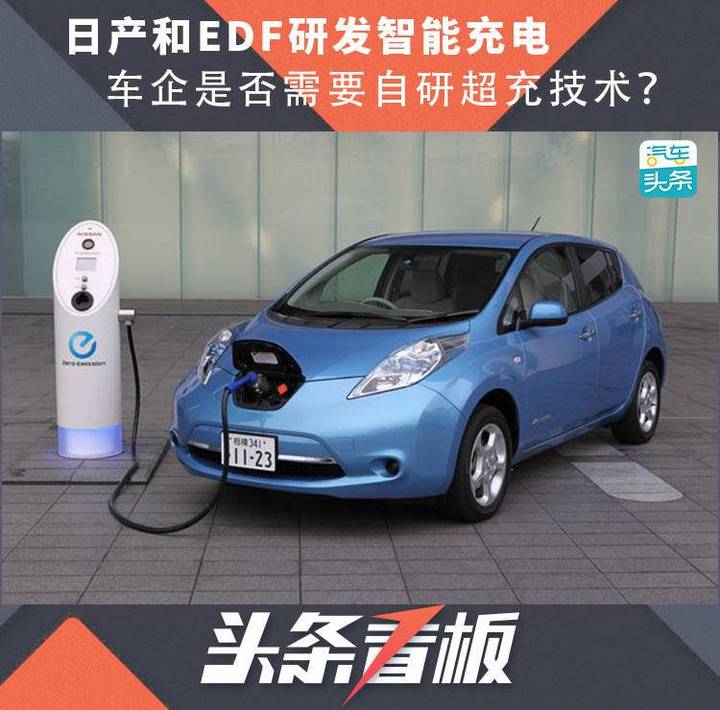
Recently, Nissan and Electricité de France (EDF) have reached a cooperation agreement to jointly develop electric vehicle smart charging technology, including providing new product kits and vehicle-to-grid (V2G) charging technology. Nissan is responsible for selling electric vehicles compatible with V2G technology, and EDF is responsible for providing smart charging solutions and related services, including vehicle charging cost control and charging progress display technology.
The cooperation agreement between the two parties will cover four countries: the United Kingdom, France, Belgium and Italy. The purpose of this cooperation is to reduce the cost of using electric vehicles, provide additional revenue opportunities for both parties and assist the grid in achieving power balance. Béatrice Bigois, General Manager of EDF Energy Customer Service, revealed that smart charging technology will play an important role in the transformation of internal combustion engines to electric vehicles.
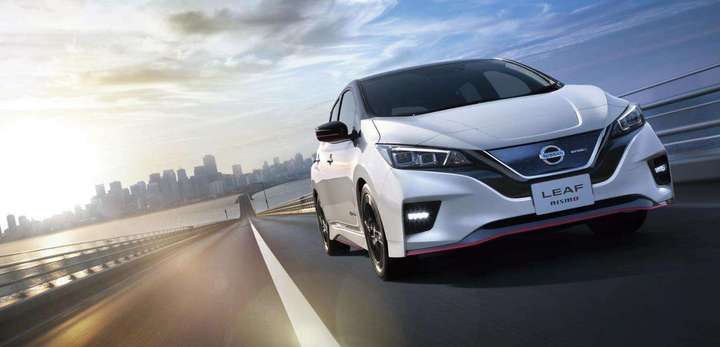
This is not the first time the two sides have cooperated. In 2018, Nissan and EDF cooperated to solve the problem of secondary utilization of Nissan electric vehicle power batteries. EDF used old batteries recycled from Nissan Leaf models to complete commercial battery energy storage. At that time, Nissan said that the waste power batteries could be restored to 70% of their original capacity, and the recycled batteries of the energy storage system could still work stably for more than 10 years.
Is homemade charging technology necessarily more convenient than that on the market? Let’s take a look at the current charging status of electric vehicles.
What is the current status of electric vehicle charging?
Currently, there are mainly the following types of electric vehicle charging stations: 220V household electricity charging, slow charging, fast charging and super charging.

Most vehicles come with a portable charger that can be directly charged by plugging it into a household socket, but the disadvantage is that the charging speed is slow and the safety is low.

Car owners tend to use slow charging, and usually install a slow charging pile at home or in the parking space of the company. This type of pile is usually provided and installed by dealers and is also matched with the vehicle. It can extend the battery life and is highly safe, but the charging speed is slow.
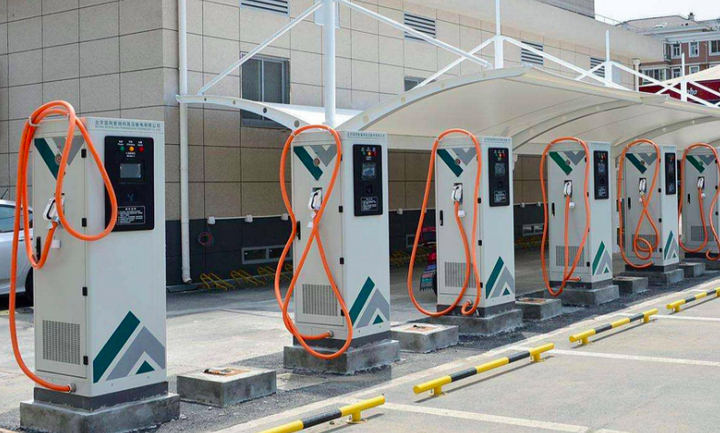
The third type of fast charging is generally used when driving long distances or when you need to quickly replenish energy. The charger has a large power, generally greater than 30kW, and the charging time is generally 30 to 60 minutes to charge to about 80%. This type of charging method has a certain impact on battery life, but the impact is not significant if it is used occasionally.

Then there are some automakers’ own supercharging stations , such as Tesla, which was the first to set up service stations and supercharging stations . As of now, Tesla has more than 68 direct experience stores and service centers in China, and the charging network it has built has covered more than 170 cities, with a total of more than 1,700 supercharging piles .
Is it better to use a charging station or your own supercharger?
Tesla is not the only company with its own supercharging stations. New domestic car manufacturers such as NIO and Xpeng have also deployed their own supercharging stations.

NIO's supercharger was also relatively early. In July this year, NIO's 105kW supercharger NIO Power Charger started trial operation at the Suzhou NIO Delivery Center. The first supercharger station includes four superchargers with a maximum power of 105kW. It only takes about 30 minutes for the 70kWh version of the battery to charge from 20% to 80%. Even if one store has 10 superchargers, it will take a long time to expand to a certain number.

Not to be outdone, Xpeng Motors ' supercharging stations also achieved access to 100,000 third-party charging piles at the end of last year. Currently, Xpeng Motors has 57 supercharging stations in 12 cities, including Beijing, Shanghai, Guangzhou, Shenzhen, Wuhan, Hangzhou, Huizhou, Zhuhai, Tianjin, Chengdu, Zhaoqing, and Ningbo, which have been officially put into operation. By the end of 2019, Xpeng Motors will put 200 supercharging stations into operation in nearly 30 cities. In the next three years, it will also sign contracts for 1,000 supercharging stations and 10,000 charging piles dedicated to Xpeng car owners.
Is it necessary to supercharge at home?
Regardless of whether the charging technology is led by car companies or developed completely independently, is it really necessary to lay out their own super charging stations in a big way?
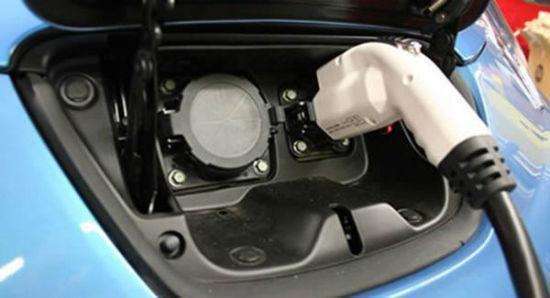
In the whole charging process, the problems that car owners may encounter include: the vehicle itself is not compatible with the charging pile, the equipment is suspended for upgrade, each operator has its own charging card and APP, some need to be topped up before charging, and it is also troublesome to transfer the remaining money, and the charging operators on the market charge inconsistently...
Therefore, if you want to go on a long trip, the car owner must collect N APPs and prepare N cards to prevent the car from being unable to charge when it stops in front of a charging station when the vehicle's battery life is about to run out.
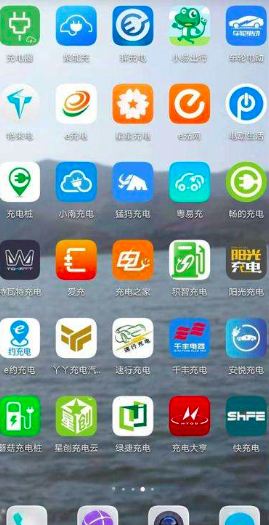
If a company has its own super charging station, the situation will be very different. There will definitely be no problems with incompatibility or inability to use it. The car owner will be notified in advance of the upgrade of its own equipment. The charging speed is fast, and the safety specially developed for its own models is high. The advantages are very obvious.
However, as things stand, even the three super charging stations mentioned above that were deployed early are far from enough for car owners to use, especially in third- and fourth-tier cities. If the charging stations are located outside the city, the long distance will lead to low enthusiasm among car owners to use them, and the utilization rate of the charging piles will also be very low.
In the long run, own charging piles, especially own super charging piles, are very convenient for car owners. However, for car companies, whether it is independent research and development, breaking through technical difficulties, laying channels, and subsequent operations, it requires a certain amount of energy.
Therefore, Nissan's cooperation with EDF to jointly develop intelligent charging technology for electric vehicles, regardless of whether there will be any layout or innovation in the supercharging field, can still be seen that Nissan is constantly improving its own industrial chain layout in the field of new energy vehicles.
Previous article:Delphi launches 800V inverter to cut charging time in half
Next article:To solve the range anxiety of pure electric vehicles, does the super charging mode have a future?
- Popular Resources
- Popular amplifiers
- A new chapter in Great Wall Motors R&D: solid-state battery technology leads the future
- Naxin Micro provides full-scenario GaN driver IC solutions
- Interpreting Huawei’s new solid-state battery patent, will it challenge CATL in 2030?
- Are pure electric/plug-in hybrid vehicles going crazy? A Chinese company has launched the world's first -40℃ dischargeable hybrid battery that is not afraid of cold
- How much do you know about intelligent driving domain control: low-end and mid-end models are accelerating their introduction, with integrated driving and parking solutions accounting for the majority
- Foresight Launches Six Advanced Stereo Sensor Suite to Revolutionize Industrial and Automotive 3D Perception
- OPTIMA launches new ORANGETOP QH6 lithium battery to adapt to extreme temperature conditions
- Allegro MicroSystems Introduces Advanced Magnetic and Inductive Position Sensing Solutions
- TDK launches second generation 6-axis IMU for automotive safety applications
- LED chemical incompatibility test to see which chemicals LEDs can be used with
- Application of ARM9 hardware coprocessor on WinCE embedded motherboard
- What are the key points for selecting rotor flowmeter?
- LM317 high power charger circuit
- A brief analysis of Embest's application and development of embedded medical devices
- Single-phase RC protection circuit
- stm32 PVD programmable voltage monitor
- Introduction and measurement of edge trigger and level trigger of 51 single chip microcomputer
- Improved design of Linux system software shell protection technology
- What to do if the ABB robot protection device stops
- Analysis of the information security mechanism of AUTOSAR, the automotive embedded software framework
- Brief Analysis of Automotive Ethernet Test Content and Test Methods
- How haptic technology can enhance driving safety
- Let’s talk about the “Three Musketeers” of radar in autonomous driving
- Why software-defined vehicles transform cars from tools into living spaces
- How Lucid is overtaking Tesla with smaller motors
- Wi-Fi 8 specification is on the way: 2.4/5/6GHz triple-band operation
- Wi-Fi 8 specification is on the way: 2.4/5/6GHz triple-band operation
- Vietnam's chip packaging and testing business is growing, and supply-side fragmentation is splitting the market
- Vietnam's chip packaging and testing business is growing, and supply-side fragmentation is splitting the market
- Switching power supply waveform
- [Raspberry Pi 4B Review] + Real-time status monitoring website test service resource usage
- The latency of cache in arm system refers to
- 【W806 Lianshengde Development Board】Real-time performance
- Electric race, how are you guys doing?
- Howland's improved circuit output resistance
- Ov7670 image acquisition source program based on TINYM0 LPC1114
- Pingtouge Scenario-based Bluetooth Mesh Gateway Program Burning
- How to improve the anti-interference (radiation) ability of operational amplifiers
- Embedded Systems Study Guide

 CLC401AD-MLS
CLC401AD-MLS












 京公网安备 11010802033920号
京公网安备 11010802033920号